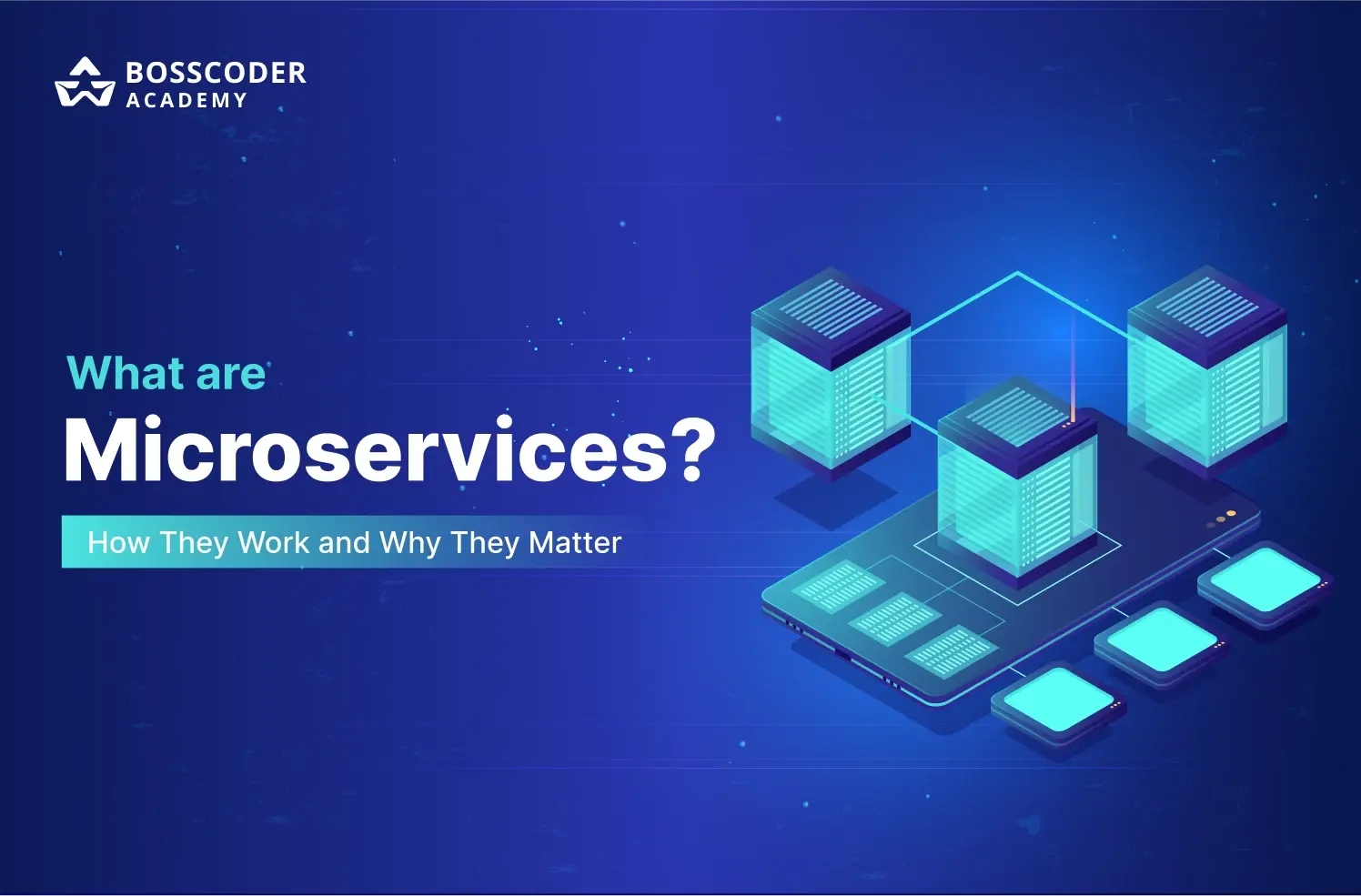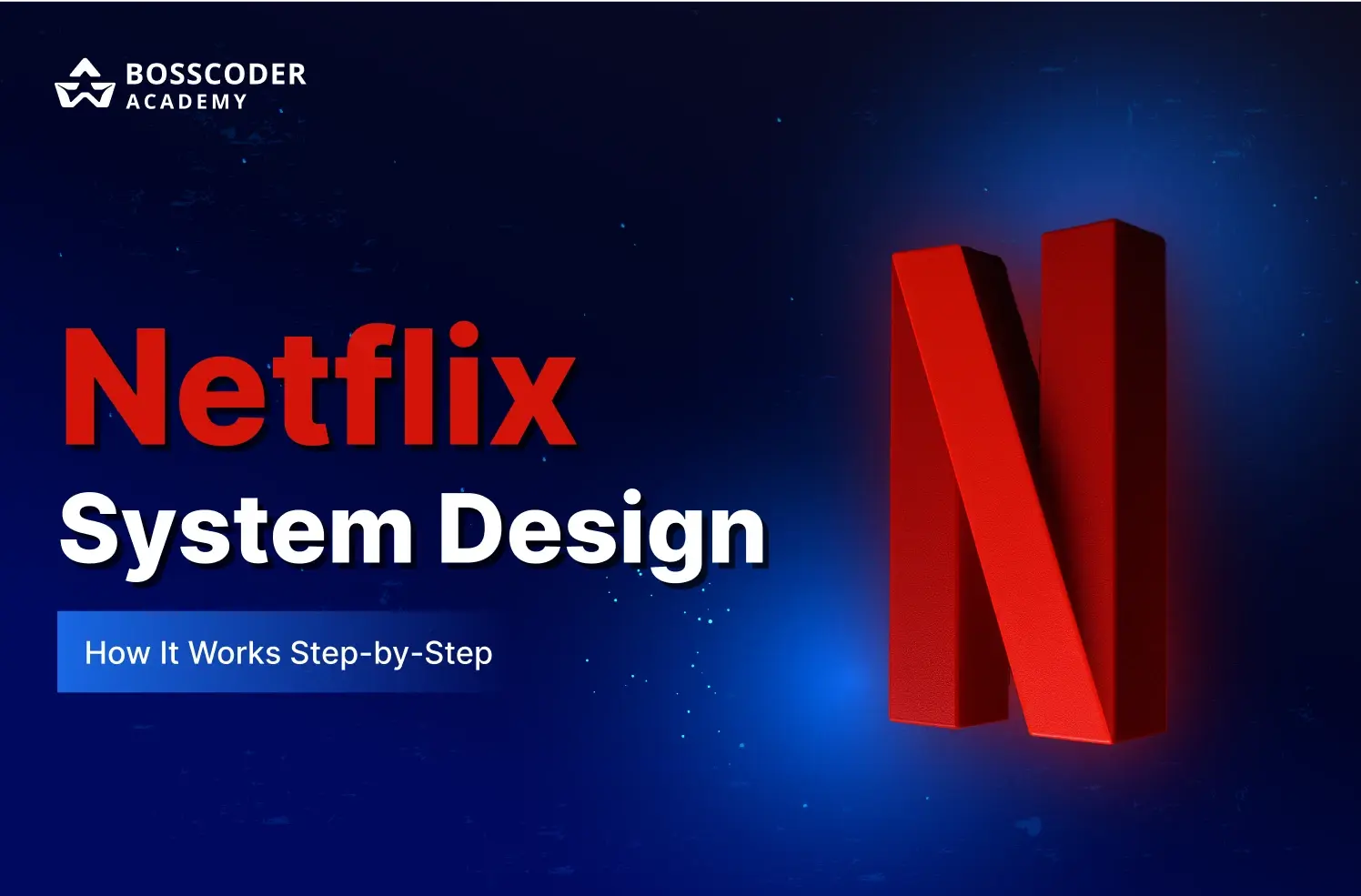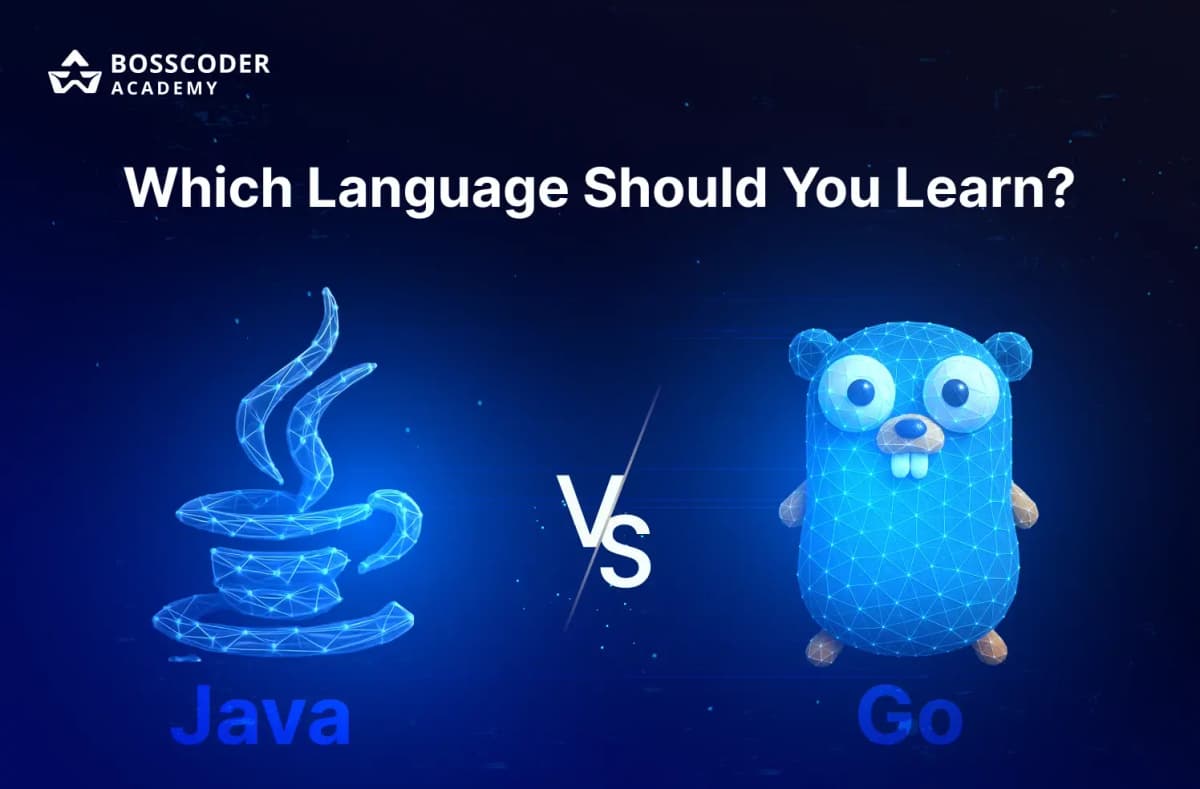Ever wondered how Netflix streams movies seamlessly to millions or how Amazon processes millions of orders daily without a hiccup? The answer lies in Microservices Architecture — a revolutionary approach to building, deploying, and scaling modern software applications.
If you're a beginner in backend development, looking to switch from frontend, or preparing for technical interviews, this guide will break down Microservices Architecture for you — with simple examples, real-world use cases, and basic code snippets.
By the end of this blog, you'll feel confident about microservices and their role in today's software world.
What are Microservices?
Microservices refer to an architectural style where a large application is developed as a collection of small, independently deployable services. Each service focuses on a specific business function and can operate, update, and scale without affecting the others.
Key Characteristics of Microservices:
- Single Responsibility: Each of the services provided should have only one functionality, such as Search Service, Payment Service, or Login Service.
- Integration dependence: Services are not dependent on the code of the other service to perform their, functionality.
- Language Independent: The services can be delivered in any of the programming languages (Java, Node, Python, etc.).
- Localized Data: Every service is a separate entity in terms of data storage.
- Redundancy: In the case when one service stops working, others are still functional.
How Microservices Work? (Netflix example)
To understand microservices better, let’s see understand with a real-world example - Netflix. Imagine you're using Netflix.
Here are the complete details of each process, starting one by one;
- You log in → It is forwarded to the Auth Service to determine your identity.
- You start browsing → Goes to Search Service (shows you movies and shows).
- Netflix gives you suggestions → Derived from Recommendation Service (that you may like).
- You press play → Links to Playback Service (enables streaming of the video).
- You update your profile → User Profile Service (change the details).
- Watch it on the phone or on TV, or on other gadgets etc. → The Device Service tracks your devices.
- You get billed → Services covered by Billing Service (responsible for your subscription).
- Netflix keeps track of everything → Done by Logging & Monitoring (assists in resolving problems).
- Videos are created → They undergo video encoding (which transforms them for streaming).
- Videos get to you quickly → Delivered through Open Connect CDN, Netflix’s delivery system.
All of these services are built around Netflix Core Microservices Hub - a kind of interface that allows services to communicate with each other like neurons in the brain.
Key Components of Microservices
| Component | What It Does |
|---|---|
| API Gateway | It acts as the front end or the beginning point for clients’ request to access the right services. |
| Service Discovery | Helps services locate each other |
| Load Balancer | Distributes traffic to available services |
| Database per Service | Keeps each service independent |
| Monitoring Tools | Logs errors, up-time and run-time performance |
| CI/CD Pipeline | Automates testing and deployment |
Each of these components ensures that the architecture remains scalable, resilient, and easy to manage.
Microservices in Java
Now that you understand the architecture, let’s briefly look at how microservices can be implemented using Java using Spring Boot.
The service provides the REST endpoint called /users to show a list of users. This service works as a perfect introduction to Java ecosystem microservices operations.
Java Example (Spring Boot)

What’s Happening Here?
- @RestController: This is used to inform Spring that this class will handle RESTful web requests.
- @GetMapping("/users"): It handles HTTP GET request for paths that starts with /users.
- getUsers(): This is another method that serve as the handler of the list of User objects. It invokes userService.getAllUsers(), which should return users retrieved from a database or any other source of data.
- userService: This makes up the service tier, or rather the model tier, which encapsulates the business logic and the data accessing mechanisms to keep the controller clean.
Why Spring Boot for Microservices?
Spring Boot provides developers with the following advantages during microservice development:
- Eliminating boilerplate configuration.
- Supporting production-ready features (metrics, health checks, etc.)
- Spring Cloud accessories provide developers easy access to service discovery capabilities, in addition to configuration management along with load balancing functions
A microservice architecture needs each service to stay focused, lightweight and deployable on its own. Java developers can easily implement Spring Boot for their projects.
And here's the same service in Node.js using Express.
Node.js Example (Express)

Both Java and Node.js enable users to create lightweight, independent running services. As services dynamically scale, their locations change. This is where Service Discovery comes into play.
Service Discovery in Microservices
When services scale up/down, the address of this service changes. How do they find each other?
That’s where Service Discovery comes in.
Tools Used:
- Eureka (Spring Cloud Netflix)
- Consul
- Zookeeper
How it works:
- All services will then interactively register with the registry
- If one service wants to communicate with the other one, it asks the registry for the address.
Through this process, systems develop smooth communication that enables microservices to become flexible and scalable.
Design Patterns in Microservices
Now, that we know what microservices are let's discuss different patterns that can be used to support better functioning and reliability of the microservices architecture.
1. Retry Pattern
If a request is refused for some reason, such as a network connection problem, this pattern will attempt it again after some time. It increases the reliability of the software without any need for manual intervention.
2. Sidecar Pattern
Adding a sidecar to a microservice helps in adding additional features such as logging, monitoring, and configuration, among others, without modifying its primary code. It is like when you hand over your service to a helper in what you are offering.
3. Decomposition by Subdomain
Organize your application based on business domains, such as Billing, Shipping or Ordering. This maintains the alignment between tech, business and increases design for scalability.
4. Database per Service Pattern
To ensure that the system can be scaled up or down, each service has its own database in order to keep dependencies loose. Enables organizations to provide their services independently and not directly linked to each other.
The implementation of ETL tools occurs as embedded services within microservices architecture. Here's how ETL Developers differ from Data Engineers.
5. Chained Microservice Pattern
In this pattern, the request flows through a series of services in which each service invokes the next one. It is helpful when the process is linear, but the response time could be quite slow.
6. Ambassador Pattern
An ambassador is a helper who controls operations such as the connection to the network or sthe ecurity of the service. It stays beside the service and delegates such work, thus making the working logic easier.
7. Backends for Frontends (BFF)
Instead of having a single backend that the clients use, have a backend for each type of front end such as web and mobile. This maintains it simple and more efficient in terms of the end user experiences.

While following best practices helps build a robust microservices architecture, it's equally important to be aware of common mistakes that can undermine it.
Anti-Patterns to Avoid
These mistakes should be avoided when designing microservices:
- One Big database: Microservices using one big shared database removes the independent deployment of the microservices and can become a bottleneck point on the performance.
- Over-Communication: Too many low-bandwidth small services communicating too frequently increases latency and complexity.
- Tiny Services Syndrome: Breaking things down too much increases maintenance overhead.
- Not Well Boundaries: Services that do not clearly own aspects of their responsibility, leads to confusion and bugs.
- Security Neglect: Failure to pass security awareness can lead to open access to authentication, encryption, as well as data protection holes.
Now that we understand the pitfalls to avoid, it's important to see how microservices compare to the traditional monolithic approach.
Microservices vs. Monolithic Architecture
Here is a basic table comparing Microservices Architecture to Monolithic Architecture for various areas on the development of software:
| Aspect | Microservices Architecture | Monolithic Architecture |
|---|---|---|
| Architecture Style | Application consists of small, individual, loosely-coupled services. | Built as one single, tightly integrated unit. |
| Team Structure | Small cross functional teams own individual services. | The full application is worked on by one big centralized team. |
| Scalability | Scale specific services based on demand. | Must scale the entire application, even if only one part needs it. |
| Deployment | Each service can be deployed independently. | The entire app is deployed as a single block. |
| Resource Utilization | Only scale parts that need it—Out of the box usage. | Resources are scaled for the whole application. |
| Development Speed | Faster releases—teams work in parallel on different services. | Slower—tightly coupled codebase slows down the workflow. |
| Flexibility | Services can use different tech stacks. | This is limited to a single shared stack for all modules. |
| Maintenance | It makes it easier to work with and update small codebases. | Changing the codebase is difficult and risky. |
Recognizing the differences, many organizations consider migrating from monolithic systems to microservices - but doing it effectively requires a strategic approach.
Monolith to Microservices Migration
Moving from monolithic to microservices architecture does not need to be difficult to manage. Use these easy steps to achieve a planned microservices architecture conversion.

Step 1: Analyze the Existing Application
Review your current monolithic system. Know its structure, know key modules, draw and understand modules relationships.
Step 2: Identify Business Capabilities
Split the application into smaller sized business functions like shopping, funds, inventory. These can be independent microservices individually.
Step 3: Apply the Strangler Pattern
Now start replacing specific modules with microservices one by one. Start to slowly move traffic off the monolith to the new services keeping the system up at all times.
Step 4: Define Service Interfaces (APIs)
The best approach would be to create clear APIs for each microservice such that the services can communicate well. It helps to keep things modular and consistent.
Step 5: Set Up CI/CD Pipelines
Build your microservices automatically in parallel with testing and deployment. CI/CD tools speed up product delivery and make it simpler to return to earlier system versions when mistakes arise.
If you're interested in learning how data infrastructure and microservices come together, check out our Data Engineering Roadmap.
Step 6: Implement Service Discovery
Services can use Eureka or Consul to find and connect with other services automatically as their numbers increase.
Step 7: Establish Logging and Monitoring
Monitor all service activities and performance from a single location by using tools like ELK, Prometheus, or Grafana. Setting up monitoring tools gives better control over issues and faulty system components.
Companies handling logging and monitoring operations work with exceptionally large volumes of log data. Learn more in our guide on the Basics of Big Data.
Step 8: Secure Your Services
Implement the same security practices for all microservices so they can protect the system data effectively.
Step 9: Iterate and Improve
Migration is an ongoing process. Regularly improve your services while making them work better and meeting future business demands.
As we discuss architecture styles, it's useful to understand how microservices differ from another popular model: Service-Oriented Architecture (SOA).
SOA Architecture vs Microservices
After showing you how to move from monolith to microservices, you must discover their key differences with Service-Oriented Architecture (SOA). Let’s compare them side by side:
| Aspect | Service-Oriented Architecture (SOA) | Microservices Architecture |
|---|---|---|
| Definition | A software design where services communicate over a shared enterprise bus. | A modern design pattern where each service is independently deployable. |
| Service Size | Services can be large and cover multiple functions. | Services are small and focused on a single responsibility. |
| Communication | Typically uses an Enterprise Service Bus (ESB) for coordination. | Uses lightweight protocols like HTTP/REST or messaging queues. |
| Technology Stack | Usually uses common standards across services. | Each service can use different languages or tools. |
| Deployment | Services may be dependent and harder to deploy individually. | Services are independently deployable without affecting others. |
| Data Management | Often uses a shared database across services. | Follows the “Database per Service” pattern. |
| Scalability | Scaling is possible but can be limited due to service dependencies. | Easy to scale individual services based on need. |
| Use Case | Better for enterprise apps that need complex integrations. | Best for cloud-native, agile, and scalable applications. |
Benefits using Microservices Architecture
Here are the key factors that have made it possible for software giants like Netflix, Amazon, Uber, etc., to adopt microservices architecture:
- Services can be built and updated by different teams at the same time.
- A single service failure does not break the whole app.
- Services can be separately scaled as needed.
- It is easy to handle the high traffic.
- It lets developers select the best tools and languages for each service.
Challenges of Microservices Architecture
Microservices, like any other architecture, have certain advantages such as scalability and flexibility, they also come with certain challenges. The following are some of the general problems that developers encounter:
- Services require communication over the network, which makes it even more complicated.
- Debugging problems can occur in many services.
- Several services are used for managing data, and, therefore, keeping data consistent is hard.
- Service calls increase network delays and hence result in reduced system performance.
- The system requires reliable monitoring systems, logging features, and deployment management tools.
Final Thoughts
Microservices are no longer a "nice-to-know" skill — they are a core expectation for modern software engineers and backend developers. Whether you're switching from frontend, starting your backend journey, or preparing for top tech interviews, learning to design scalable systems is critical.
At Bosscoder Academy, we don't just teach theory — we train future software engineers to design, build, and deploy real-world applications using the same principles that power companies like Netflix, Amazon, and Uber.
Our programs combine deep technical learning, live mentorship, project-based experience, and interview preparation - setting you up for success in the most demanding roles.
Take control of your software engineering career - explore our Bosscoder Academy programs and start building world-class systems today.
Frequently Asked Questions:
Q1. What are microservices?
Each application section in microservices is small and self-contained to perform specific tasks. Each part handles its own established task such as login or payment while functioning independently from other parts.
Q2. How are microservices different from monolithic architecture?
Monolithic apps build all components within one single application. Microservices divide the application into self-contained parts that support simpler growth and control methods.
Q3. Why are microservices popular?
The microservice structure enhances the development process by streamlining application building, quality assurance, updating, and upscaling. When one service stops working the rest of the services remain operational.
Q4. How do microservices talk to each other?
They connect services using web-based HTTP message transfers and separate message channels.









